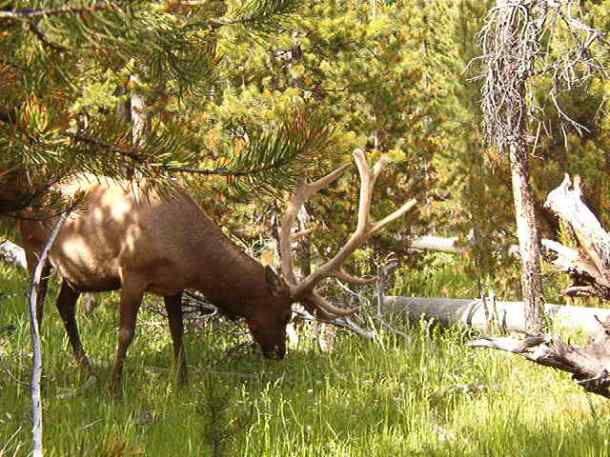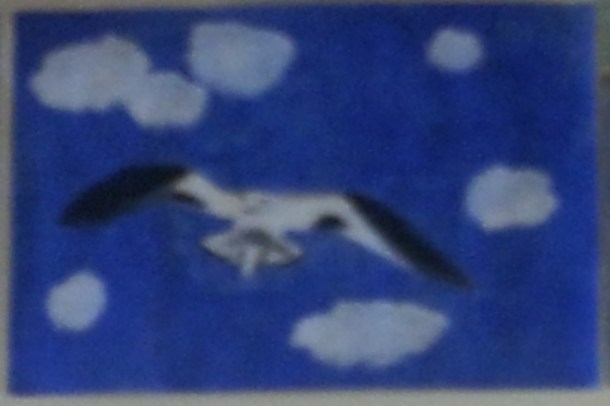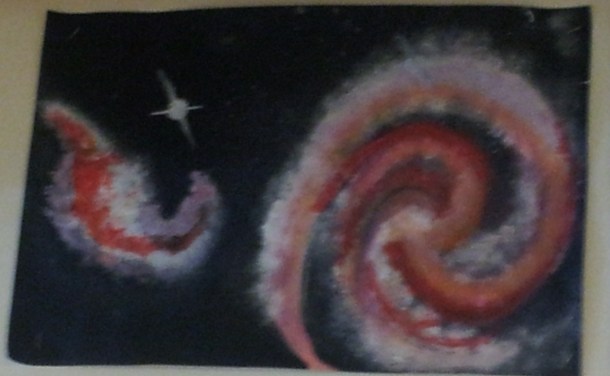via Guardians
I was going to post another of my poems and Balroop’s poem came through my reader. It fits with my recent thinking about the role of elders as guardians of what is to be passed on. Take a few minutes to read her wonderful poetry posted at her blog.
Hans-Georg Gadamer wrote “youth demands images for its imagination and for forming its memory.” I extended this, in my dissertation, to elders offering those images. Without the stories elders provide, youth are left without any sense of where humans have been and the accumulated wisdom. As well, this demand is a question for our youth to offer them something tangible.
Balroop captures this sentiment in the following stanza from Guardians:
Ask the village elders
Their valor shines in their faces
They earned your freedom
They exemplify human values.
Like mountains act as guardians in nature, elders act as guardians through stories shared with youth to pass on wisdom, not information.

I took this picture of Mount Kerkeslin standing guard over the Icefields Parkway between Sunwapta Falls and Athabasca Falls in Jasper National Park.







